Overview
Pelvic health physiotherapy is a specialist area of physiotherapy that focuses on problems occurring around the abdomen and pelvis. We focus on restoring strength, function and movement within the pelvic area. We are specialist physiotherapists and we have undergone further training into this area of the body.
We treat women over the age of 18 with:
- Stress incontinence – urinary leaking with certain activities.
- Overactive bladder – having a sudden desire to go to the toilet immediately with possible leaking of urine before reaching the toilet. There may be a need to visit the toilet more frequently than normal.
- Mixed urinary incontinence – a combination of stress incontinence and overactive bladder.
- Small to moderate prolapse of the front and/or back vaginal wall(s) – weakening of the support structures that support the vagina, resulting in bulging of the pelvic organs into the vagina.
- Pain related pelvic floor dysfunction e.g. vaginismus and vulvodynia.
- Post natal pelvic girdle pain, perineal trauma and diastasis rectus abdominus.
- Faecal incontinence – leakage of faeces and wind.
- Obstructive defecation – difficult emptying the bowel, which may or may not be associated with constipation.
- Pelvic girdle pain-pain around the pelvis, hips and lower back in pregnancy.
Click the below buttons to explore our pelvic health resources and information
Physiotherapy and Women's Health Self-referral
If you are an adult registered with a Mid Essex GP practice, you can now self-refer to physiotherapy for any musculoskeletal, or Women’s Health related issues subject to the local NHS service criteria.
Urinary Incontinence
Research suggests that urinary incontinence affects roughly 1 in 3 women. Although this may be higher as many people do not report symptoms due to embarrassment.
Urinary incontinence is the involuntary loss of urine. This can happen when you cough or sneeze, for example, and this is called stress urinary incontinence.
It might also happen when you suddenly need to go to pass urine and you don’t get to the toilet in time. This is called urinary urgency incontinence. This is sometimes linked with going to the toilet a lot and getting up through the night to pass urine.
Urinary incontinence might happen due to pelvic floor muscle weakness.
The first line of treatment is daily pelvic floor strengthening exercises. This is successful for two thirds of women. It will take several months for the pelvic floor muscles to strengthen and improve the symptoms.

